-
In the last few years, reactions involving 8,10,11B isotopes have increasingly been attracting intense experimental and theoretical attention. The optical model potential (OMP) plays an important role in the investigation of these reactions. Theoretical studies have already been performed on this subject using both phenomenological and microscopic approaches. In this study, the phenomenological OMP are discussed with the aim to describe elastic scattering. Since the global phenomenological OMP is achieved by fitting large quantities of experimental data in a certain range of energy and mass, the basical elastic scattering observables can be reliably predicted using it in the region where no experimental measurement data exist [1]. Thus far, the experimental data of elastic scattering involving 8,10,11B projectiles are relatively scarce, because the radioactive beams are not produced at sufficiently high intensities [2]. Therefore, it is difficult to achieve reliable global OMP on the basis of existing experimental data.
In our previous work, the elastic scattering observable for 8,10,11B isotopes has been predicted using the global phenomenological OMP of the 7Li projectile. Reasonable agreement is obtained between the predictions and corresponding experimental data for 8,10B. However, the global OMP of 7Li cannot provide a good description for backward-angle area for 11B, and the radius parameter of the real part potential was adjusted to improve the fit for 11B on the basis of 7Li global OMP [3]. Recently, the global phenomenological OMP of 9Be was achieved by simultaneously fitting the experimental data of elastic-scattering angular distributions and total reaction cross-sections below 200 MeV in the range of target mass from 24 to 209 [4]. Moreover, the stable weakly bound projectile 9Be is adjacent to the 8,10,11B isotopes. Within this context, we intend to apply the obtained global phenomenological OMPs of 9Be to perform a systematic study involving the elastic scattering of 8,10,11B isotopes impinging on different targets, which can further study the nuclear reaction and structure properties for 8,10,11B projectiles.
This paper is constructed as follows. In Sec. 2, the phenomenological OMP formula and methods used in this work are described for the elastic scattering of 8,10,11B projectiles. The elastic scattering observables describing the reactions induced by 8,10,11B are predicted using the global OMP of 9Be, which are further discussed by comparison with the existing experimental data. Finally, the main conclusions of this work are summarized in Sec. 3.
-
As previously outlined [4], the optical model potential of the Woods-Saxon type,
$\begin{split} V(r,E) =& V_{R}(E)f(r,R_{R},a_{R})+{\rm i}W_{V}(E)f(r,R_{V},a_{V}) \\& +{\rm i}(-4W_{S}(E)a_{S})\frac{\rm d}{{\rm d}r}f(r,R_{S},a_{S}), \end{split}$

(1) and Coulomb potential of a uniform charged sphere with radius
$ R_{C} $ were used in OM calculations.$ V_{R}(E) $ ,$ W_{S}(E) $ , and$ W_{V}(E) $ are the energy-dependent potential depths, and they are respectively expressed as$ V_{R}(E) = V_{0}+V_{1}E+V_{2}E^{2}, $

(2) $ W_{S}(E) = {\rm max}\{0,W_{0}+W_{1}E\}, $

(3) $ W_{V}(E) = {\rm max}\{0,U_{0}+U_{1}E\}. $

(4) The radial functions are given by
$ f(r,R_{i},a_{i}) = {1+\exp[(r-R_{i})/a_{i}]}^{-1}, $

(5) $ R_{i} = r_{i}A^{\frac{1}{3}}, \; \; \; \; \; \; i = R, S, V, C, $

(6) where
$ A $ depicts the target mass number.$ r_{R} $ ,$ r_{S} $ ,$ r_{V} $ , and$ r_{C} $ are the radius parameters of real, surface, volume imaginary, and Coulomb potentials, respectively.$ a_{R} $ ,$ a_{S} $ , and$ a_{V} $ are the corresponding diffuseness parameters. The radius parameters of the real potential is expressed by$ r_{R} = r_{R_{0}}+r_{R_{1}}A^{\frac{1}{3}}. $

(7) We achieved a set of 9Be global OMP parameters on the basis of experimental data of elastic-scattering angular distributions and total reaction cross-sections in the mass number range from 24 to 209 below 100 MeV [4]. The parameters of global OMP are listed in Table 1.
parameter value unit $ V_{0} $ 

268.0671 MeV $ V_{1} $ 

−0.180 $ V_{2} $ 

−0.0009 $ W_{0} $ 

52.149 MeV $ W_{1} $ 

−0.125 $ U_{0} $ 

2.965 MeV $ U_{1} $ 

0.286 $ r_{R_{0}} $ 

1.200 fm $ r_{R_{1}} $ 

0.0273 fm $ r_{S} $ 

1.200 fm $ r_{V} $ 

1.640 fm $ r_{C} $ 

1.556 fm $ a_{R} $ 

0.726 fm $ a_{S} $ 

0.843 fm $ a_{V} $ 

0.600 fm Table 1. Global phenomenological OMP parameters for 9Be.
In what follows, we apply the obtained 9Be global OMP to predict elastic scattering observables for 8,10,11B projectiles and compared this with the available experimental data.
-
The radioactive nucleus 8B is a lighter nucleus far from the β-stability valley, which is widely discussed as a candidate for a first proton drip line nucleus with a proton halo [5]. The proton separation energy is only 137 keV. Thus far, there were various reports on 8B in the literature studying its properties and the respective influences on different reaction mechanisms, because of the relevance of 8B in astrophysics, nuclear structure, and reaction theories [6]. However, the elastic scattering data with this projectile remain scarce because of the extreme difficulty to obtain reasonably intense beams [7]. To date, the elastic-scattering angular distributions and the total reaction cross-sections of 8B have been measured for 12C, 27Al, 28Si, 58Ni, and 208Pb targets [6, 8-16]. These observables are predicted using obtained global OMP of 9Be and compared with those predicted using global OMP of 7Li [3]. Further, since 8Li is the mirror nucleus of 8B, they are also predicted using our global OMP of 8Li [17]. These predictions are compared with existing experimental data.
Figure 1 presents the comparison of elastic-scattering angular distributions with the experimental data [6] for the 8B + 27Al system at incident energies of 15.3 MeV and 21.7 MeV. The figure shows that all of these global OMPs can reasonably predict the corresponding experimental data, and these predictions are relatively closed. The elastic-scattering angular distributions for the 8B + 58Ni system are predicted and compared with the experimental data [8] from 20.7 to 29.3 MeV, which is shown in Fig. 2. Although there is some divergence among these results predicted using the different global OMPs, all of them can reasonably generate the experimental data within the error range.
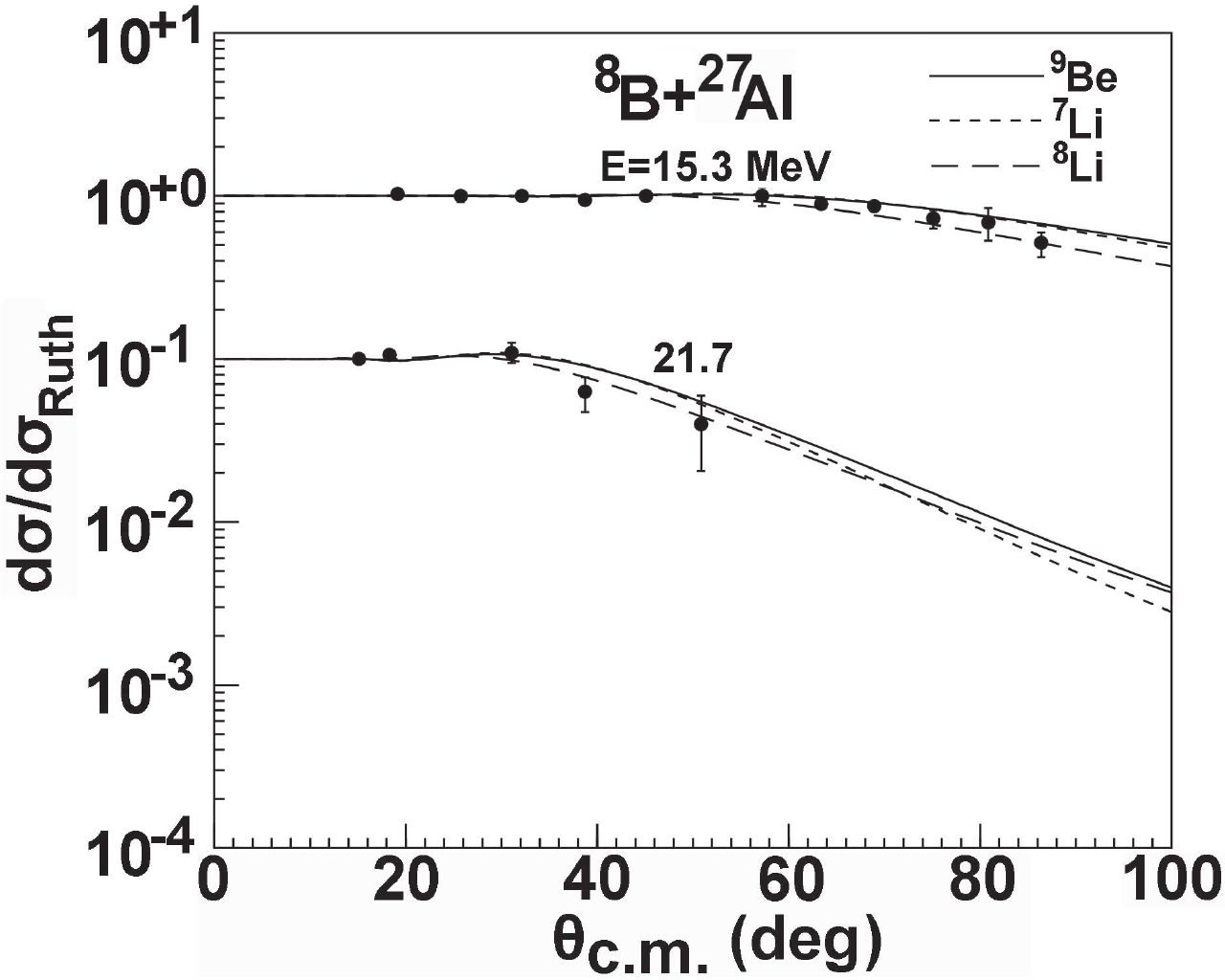
Figure 1. Comparisons of 8B elastic-scattering angular distributions calculated using 9Be, 7Li and 8Li global OMPs with corresponding experimental data for 27Al.
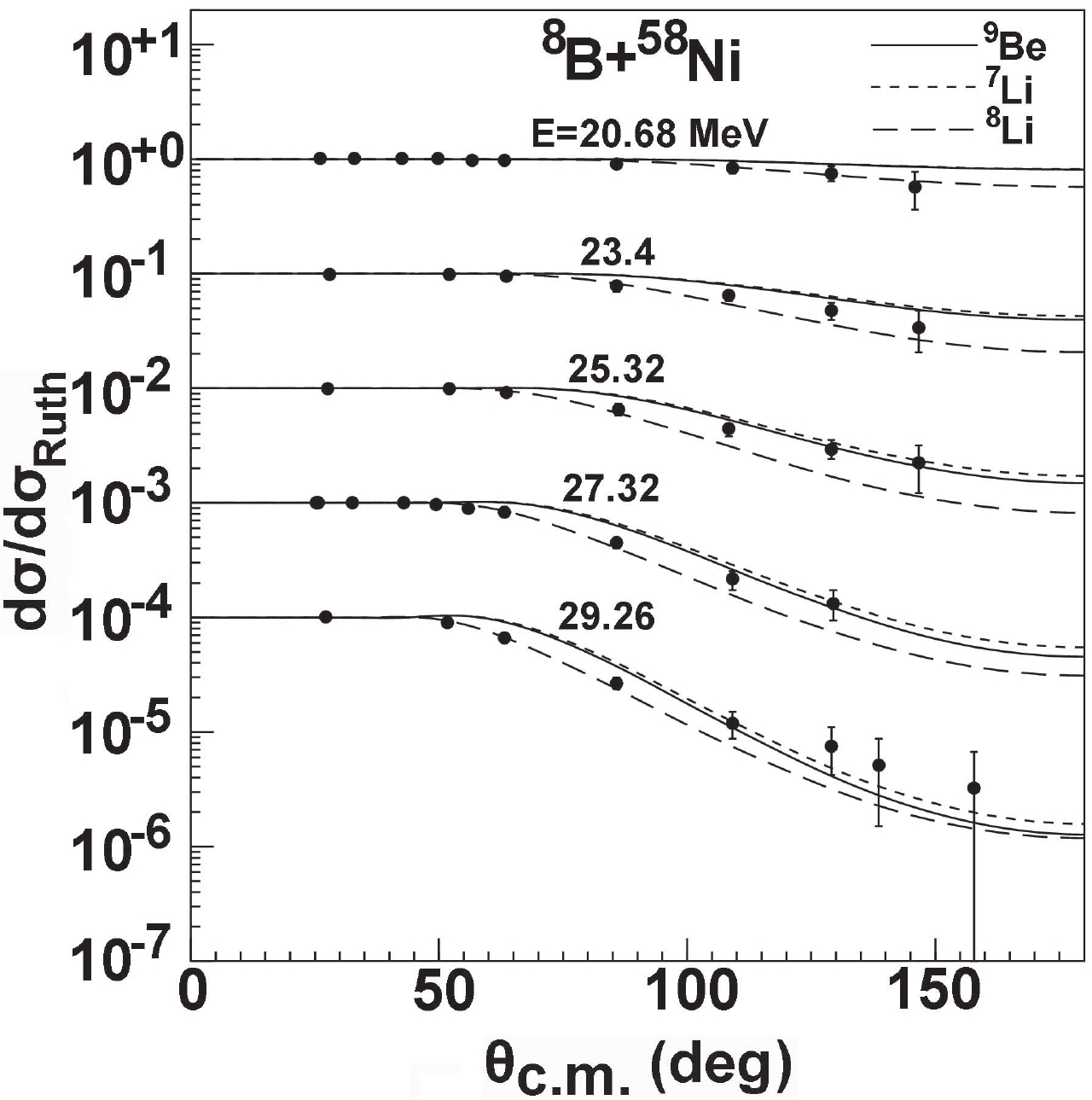
Figure 2. Same as Fig. 1, but for 58Ni.
For the 8B + 208Pb system, elastic-scattering angular distributions are also measured at incident energies of 50.0, 170.3, and 178.0 MeV [9-11]. They are further predicted using different global OMPs. The results are in good agreement with these existing experimental data [10, 11] at 170.3 MeV and 178.0 MeV. As for the incident energy of 50.0 MeV, the global OMP of 8Li can provide a more satisfactory description of the experimental data [9] compared with the global OMPs of 9Be and 7Li at backward angles. These results are shown in Fig. 3.
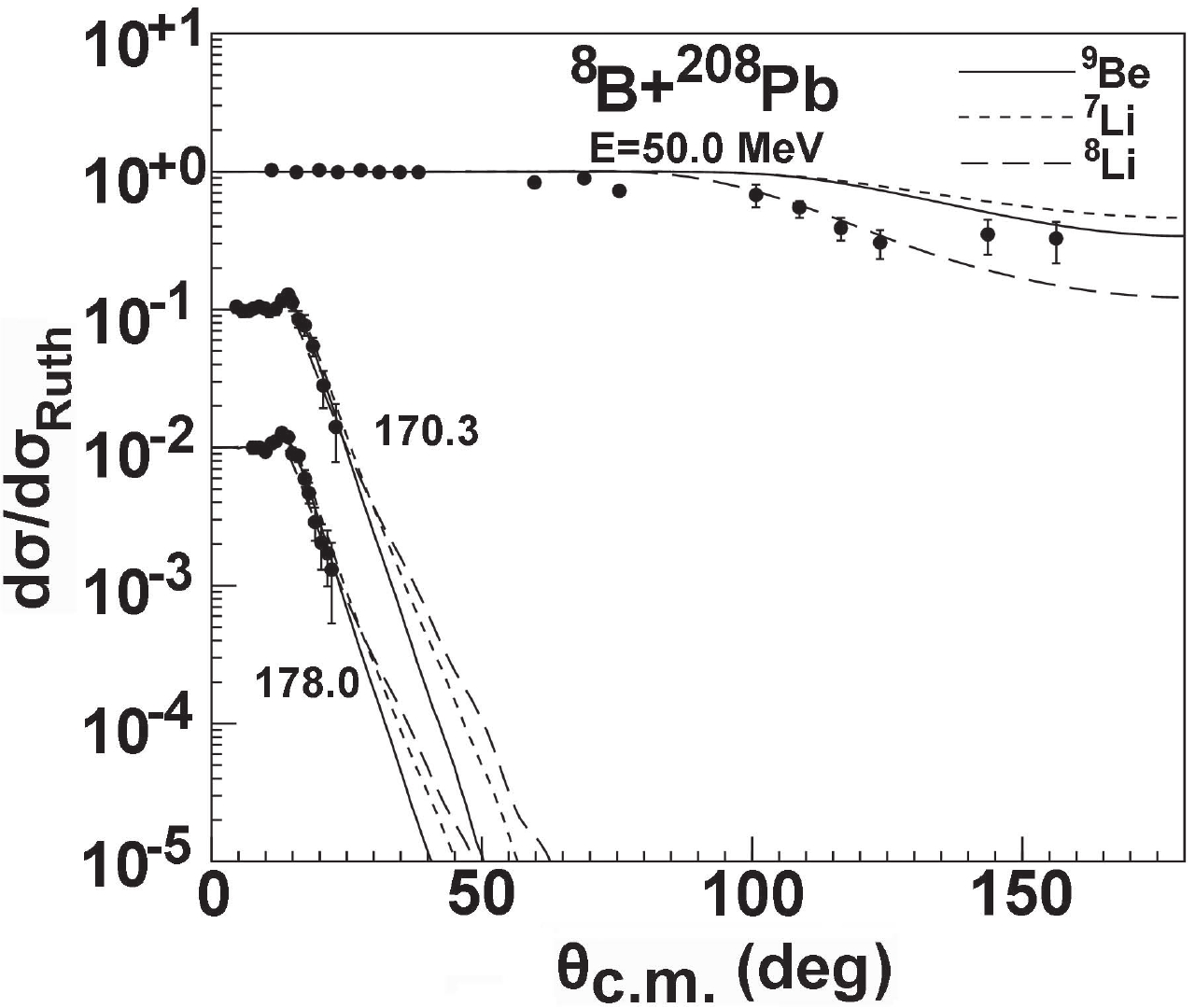
Figure 3. Same as Fig. 1, but for 208Pb.
Further, elastic-scattering angular distributions are also predicted using different global OMPs for the lighter target 12C. Comparing with experimental data [12, 13], these predictions seem inaccurate, as there is some divergence at extreme values. The result is shown in Fig. 4. Since the reactions of the lighter targets (A < 24) induced by different weakly bound nuclei 9Be, 7Li, and 8Li were not included in the process of adjusting the global OMP parameters, they should be studied using the local OMP.

Figure 4. Same as Fig. 1, but for 12C.
To date, the total reaction cross-sections had been only measured for the 8B + 28Si system [14–16], and most of them are above 200 MeV. The comparison between the predictions and data from different experiments below 250 MeV are shown in Fig. 5, which exhibits some divergences between them.
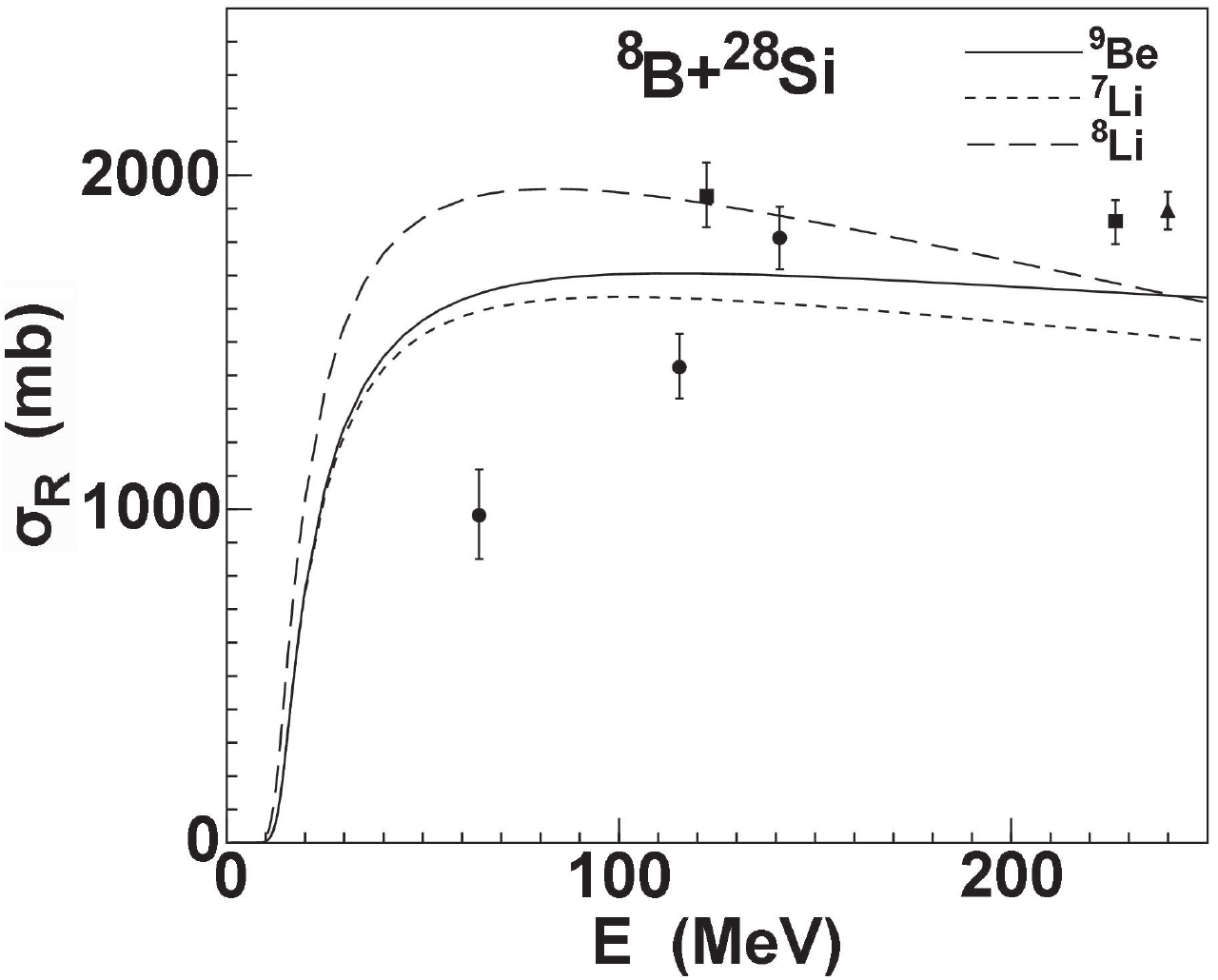
Figure 5. Comparisons of 8B total reaction cross-sections calculated using 9Be, 7Li and 8Li global OMPs with corresponding experimental data for 28Si.
From the above comparisons, the theoretical results predicted using the global OMPs of 9Be and 7Li can provide a reasonable description of the reactions induced 8B within the allowed error range, although it seems that the predictions of global OMP 8Li are more consistent with the few existing experimental data.
-
In the case of the 10B projectile, the elastic-scattering angular distributions and total reaction cross-sections are predicted using the global OMPs of 9Be and 7Li.
Figures 6 and 7 present the comparisons of elastic-scattering angular distributions between theoretical predictions and experimental data [18] for 27Al and 28,30Si targets at the bombarding energies from 33.7 MeV to 50 MeV. Figure 6 shows slight oscillations in the angular distributions appearing in the angular range from 50° to 80°, while agreement between the predictions of 9Be global OMP and experimental data is rather good.
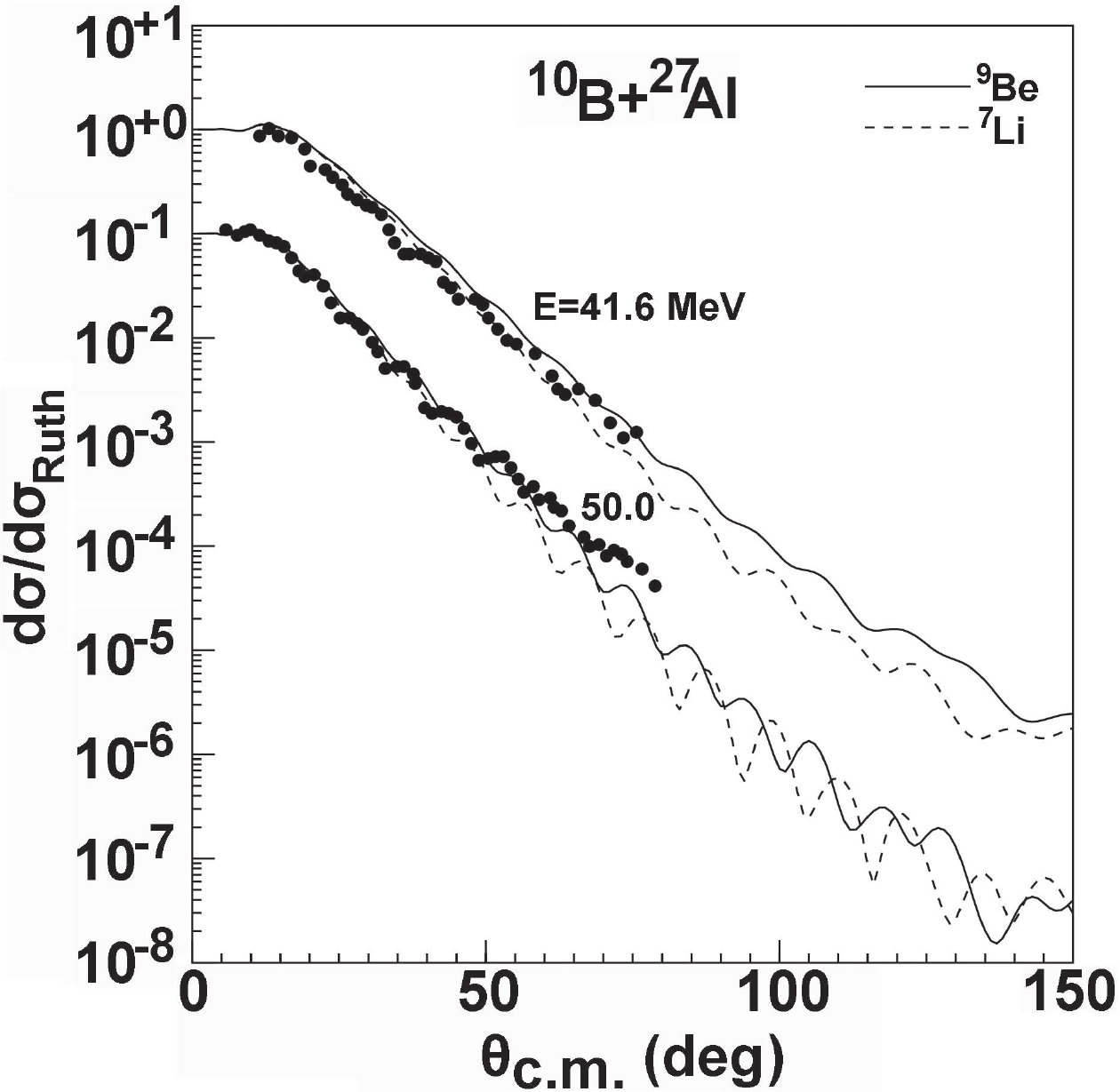
Figure 6. Comparisons of 10B elastic-scattering angular distributions calculated using 9Be and 7Li global OMPs with corresponding experimental data for 27Al.
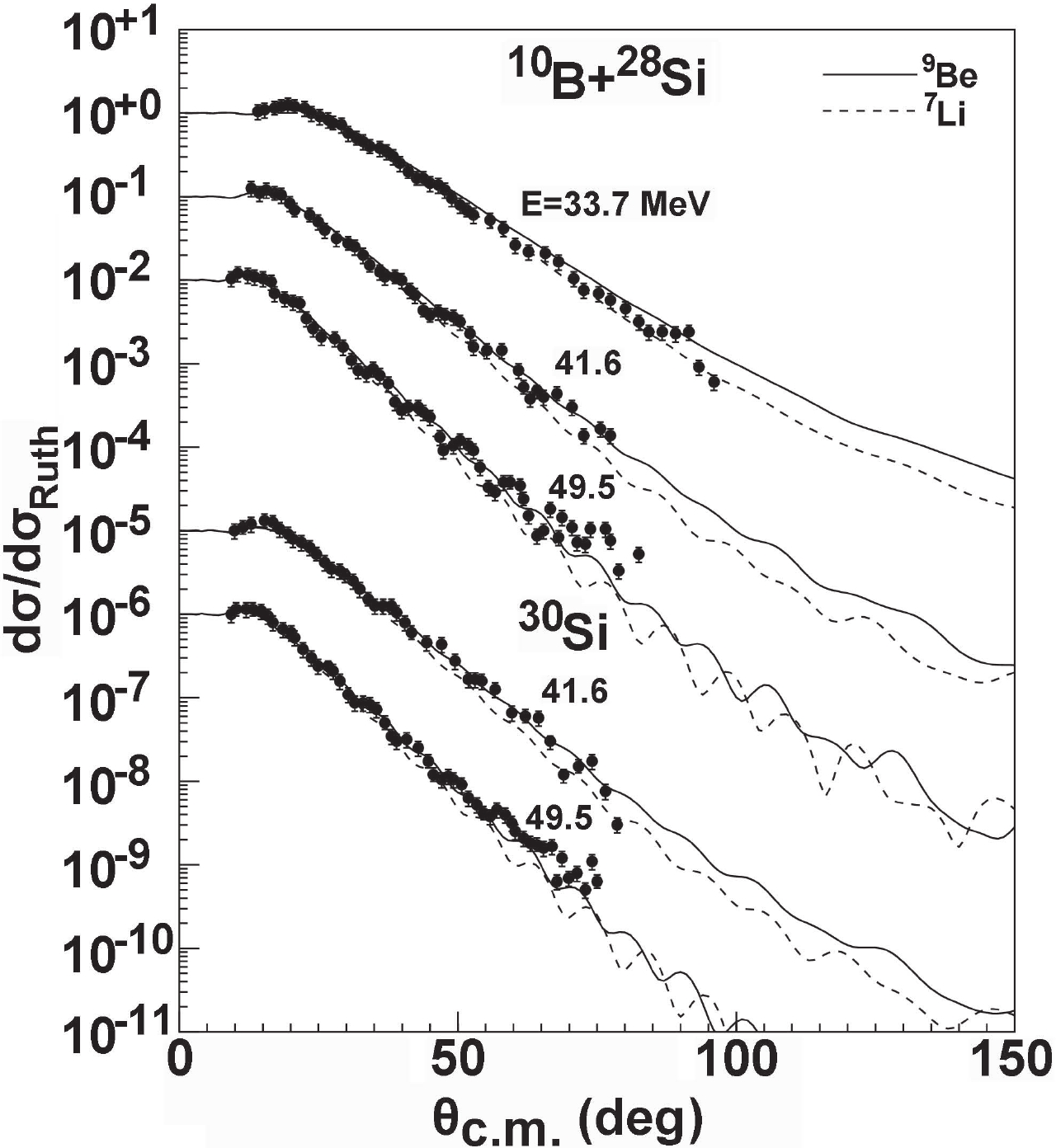
Figure 7. Same as Fig. 6, but for 28,30Si.
For the target 58Ni, the angular distributions are predicted using global OMPs of 9Be and 7Li at incident energies from 19.0 MeV to 35.0 MeV. In comparison with the experimental data [19], the predictions provide a good description of these data, which is shown in Fig. 8. The elastic-scattering angular distributions for 10B on 120Sn were measured at the bombarding energies of 31.5, 33.5, 35.0, and 37.5 MeV [20]. Global OMPs of the 9Be and 7Li were used to describe the experimental data. The 9Be global OMP provides a better description of experimental data. The result is displayed in Fig. 9.
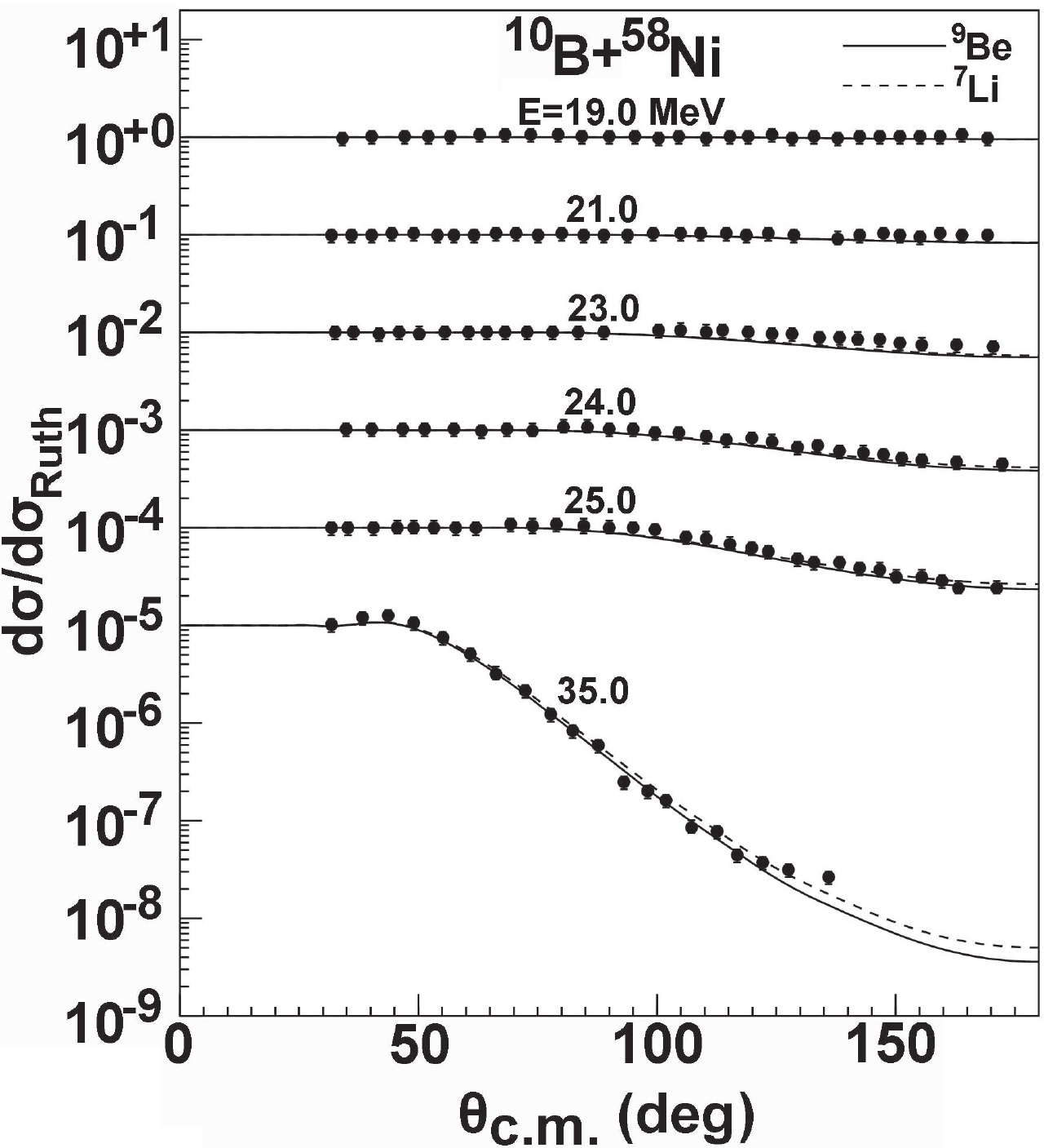
Figure 8. Same as Fig. 6, but for 58Ni.
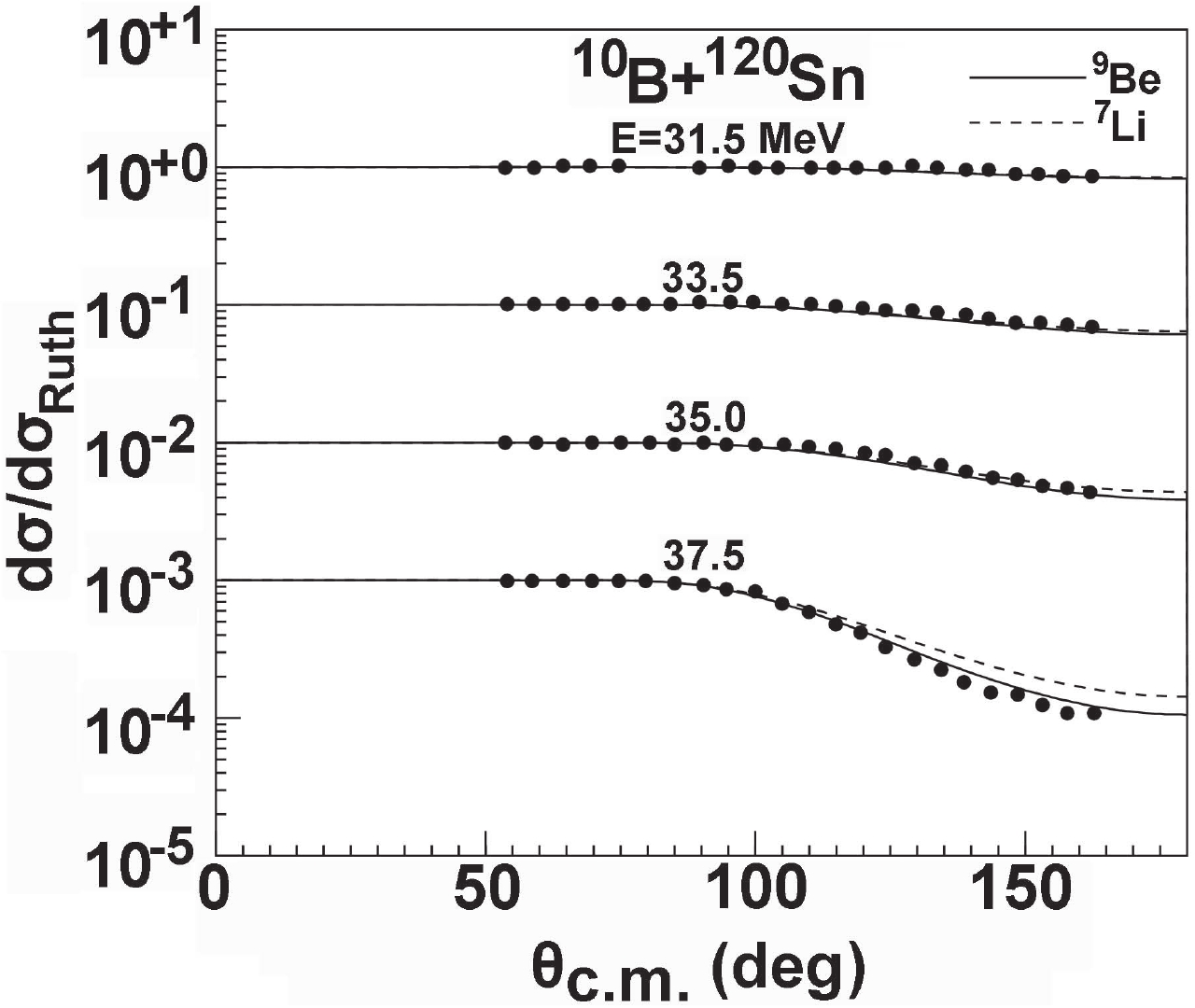
Figure 9. Same as Fig. 6, but for 120Sn.
Figure 10 presents the theoretical results of angular distributions along with experimental measurements [21-23] for different targets. The theoretical results predicted using global OMPs of 9Be and 7Li give a satisfactory description for 40Ca and 208Pb. There are some discrepancies between them for lighter targets 16O and 20Ne, while the results of 9Be global OMP are more consistent with the corresponding measurements.

Figure 10. Same as Fig. 6, but for 16O, 20Ne, 40Ca, and 208Pb.
For the other lighter targets, the elastic-scattering angular distributions are also measured by different experiments. These reactions are further predicted using different global OMPs. Figure 11 presents the comparisons between them for 9Be. The discrepancy observed in Fig. 11 between theory and experiment [24, 25] indicates that the addition of coupled channels effects is needed in the backward-angle area for some lighter targets.
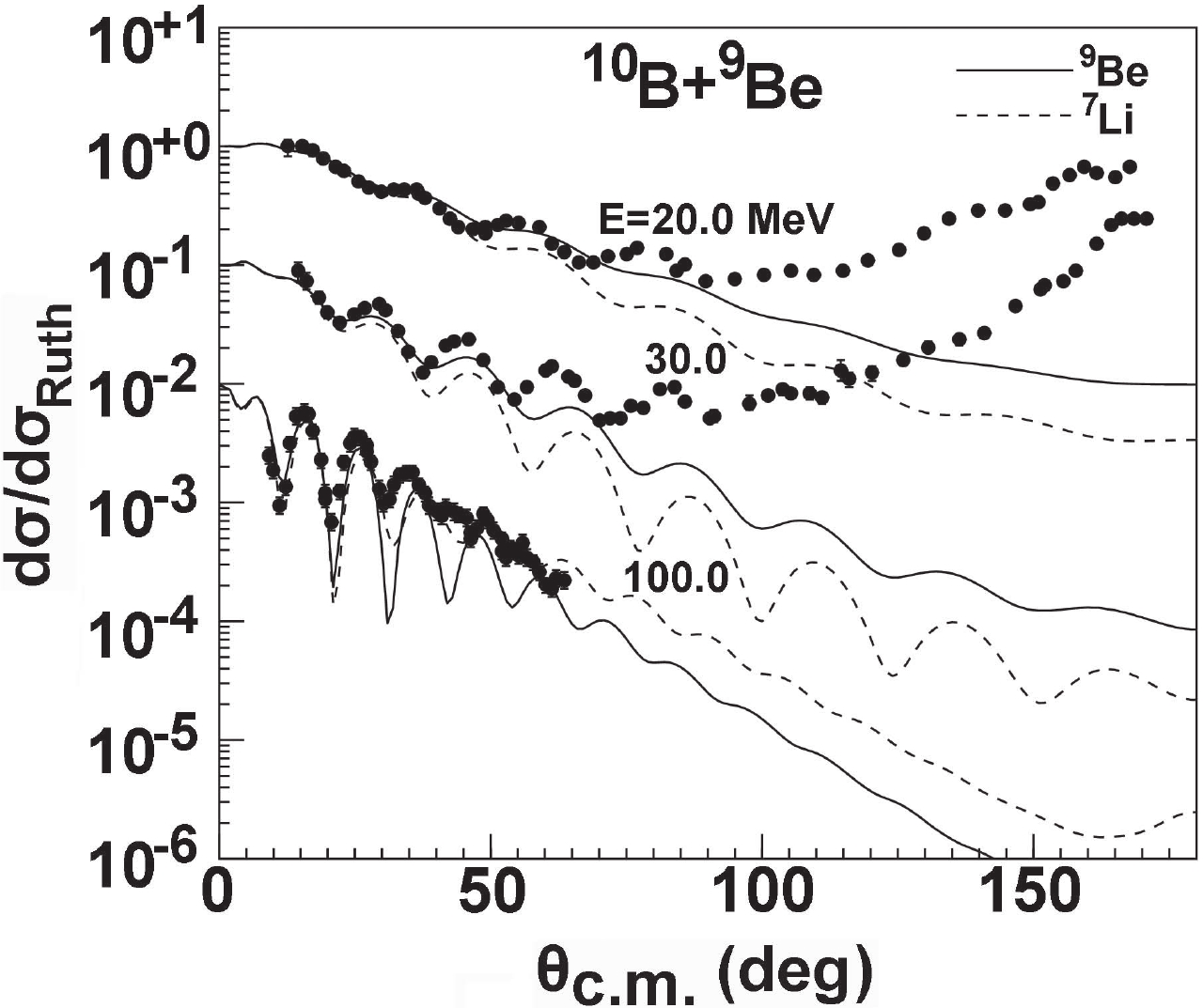
Figure 11. Same as Fig. 6, but for 9Be.
For the total reaction cross-sections of 10B, there are only the experimental data for nat.Si. We compare the predicted results of total reaction cross-sections to the experimental data [16, 26, 27] for 28Si. The result is shown in Fig. 12. The results of the 9Be global OMP are completely in agreement with all of the experimental data within the error range. For 208Pb, the data of total reaction cross-sections [23] was derived in terms of the optical model by analyzing the elastic scattering data at different incident energies. The predictions of the global OMP of 9Be and 7Li are also compared with the data, which is shown in Fig. 13. All of them are in good agreement.
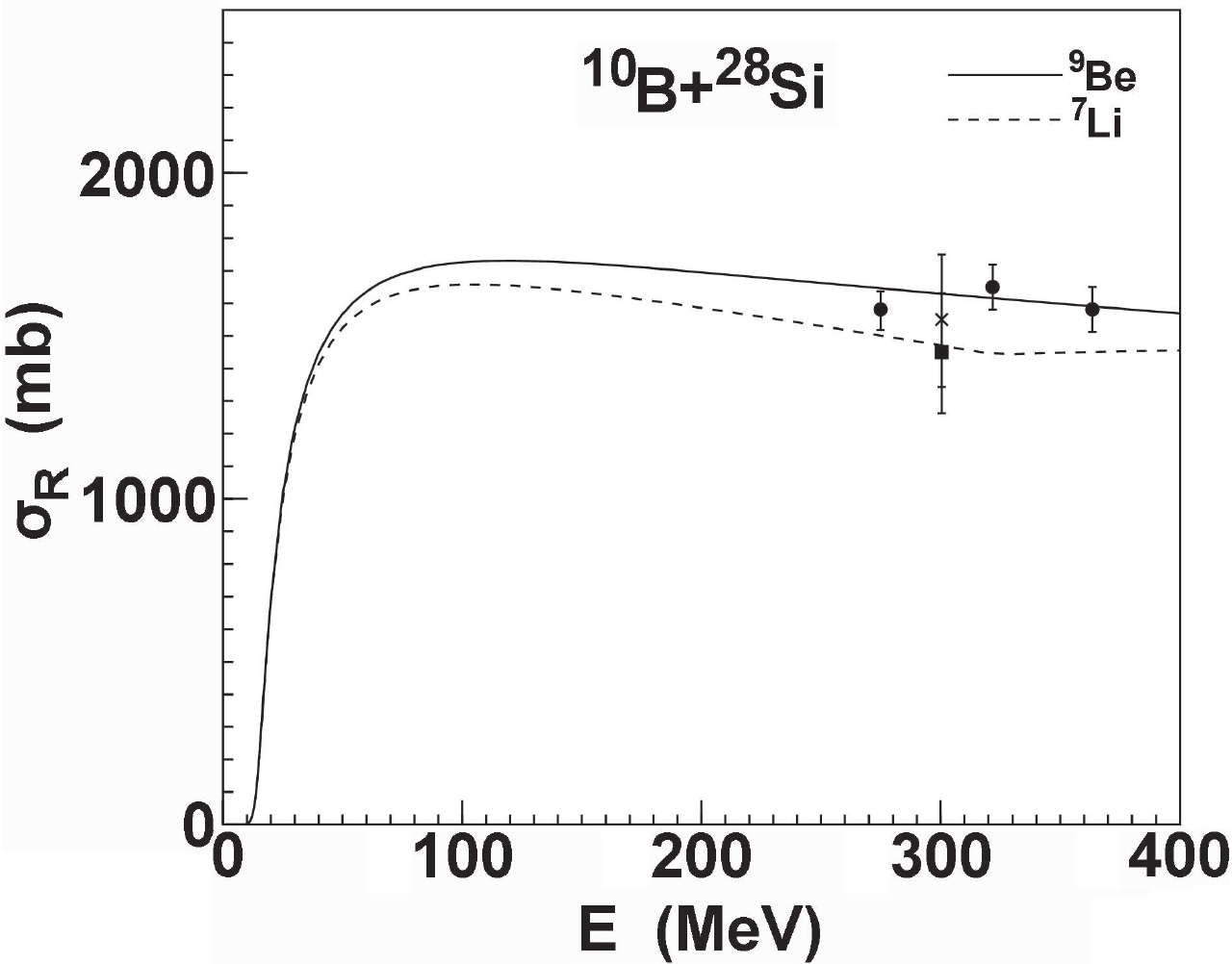
Figure 12. Comparison of 10B total reaction cross-sections calculated using 9Be and 7Li global OMPs with corresponding experimental data for 28Si.
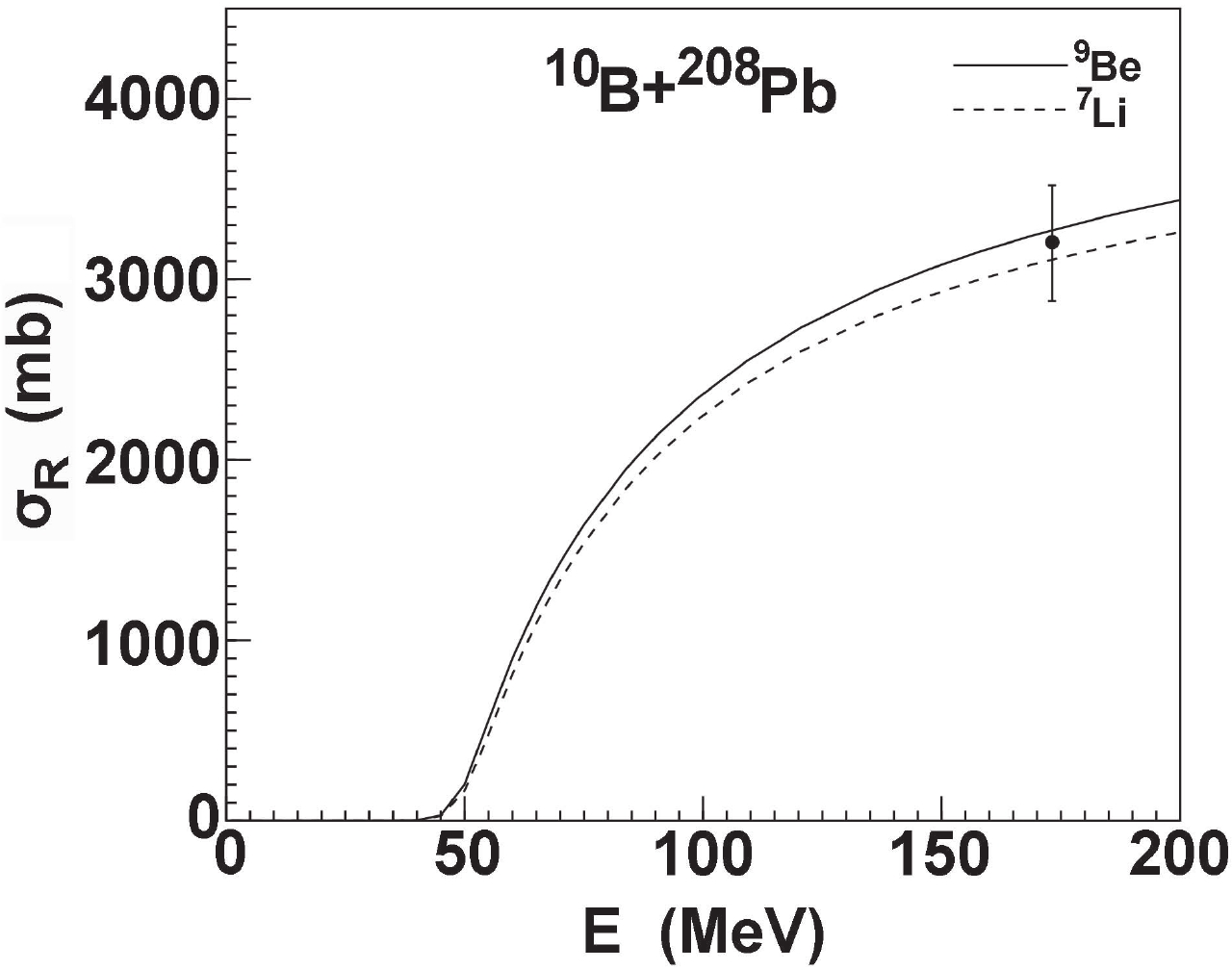
Figure 13. Same as Fig. 12, but for 208Pb.
-
For the 11B projectile, we obtained the global OMP [3] by adjusting the radius parameters of the real part potential on the basis of global OMP of 7Li. Although the predictions gave a reasonable description of the 11B elastic scattering for most of targets, the OMP cannot provide a satisfactory agreement with the experimental data in the backward-angle area for a few targets. In this section, the elastic scattering observables are predicted using the global OMPs of 9Be and 11B. The predictions are further compared with the existing experimental data.
Figure 14 presents the comparisons of elastic-scattering angular distributions between theoretical predictions and experimental data [18] for 28,30Si targets at the bombarding energies from 33.7 MeV to 50 MeV. The fits are generally reasonable with no apparent systematic nor major discrepancy of the data. However, the results predicted using the global OMP of 9Be are more consistent with the experimental data.
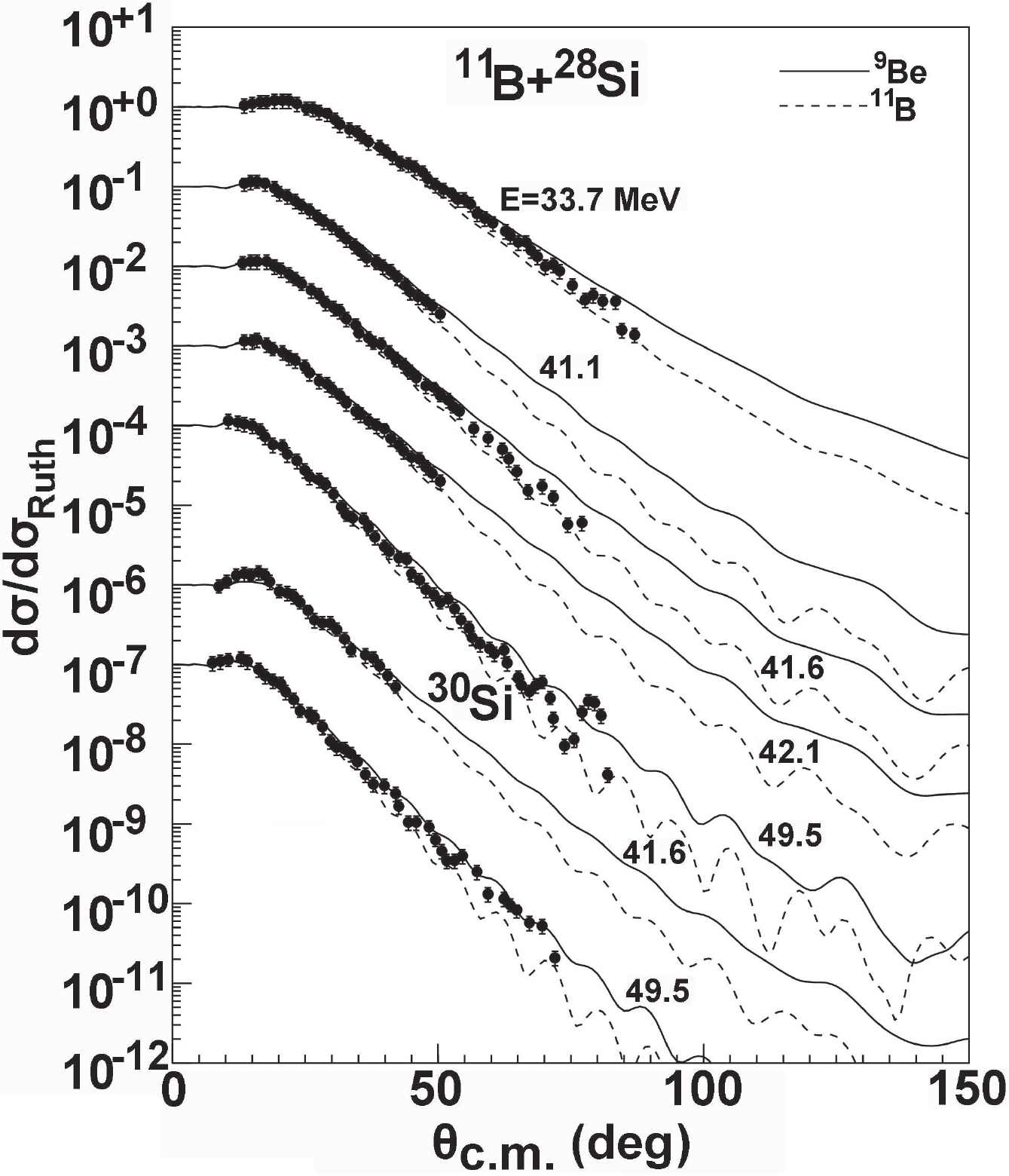
Figure 14. Comparisons of 11B elastic-scattering angular distributions calculated using 9Be and 11B global OMPs with corresponding experimental data for 28,30Si.
The elastic-scattering angular distributions for 58Ni are measured at incident energies from 19.0 MeV to 35.0 MeV [28]. The comparison between the predictions and experimental data is shown in Fig. 15. The figure shows that the predictions using global OMPs of 9Be and 11B are almost consistent and in good agreement with the data, except for 35.0 MeV, where the prediction using the global OMP 11B is more consistent with the experimental data. Moreover, the elastic angular distributions for 58Ni are measured at the same incident angle with different incident energies [29]. Comparisons of the predictions of elastic-scattering angular distributions from the global OMP of 9Be and 11B show that all of them are identical and can reproduce the data, which is shown in Fig. 16.
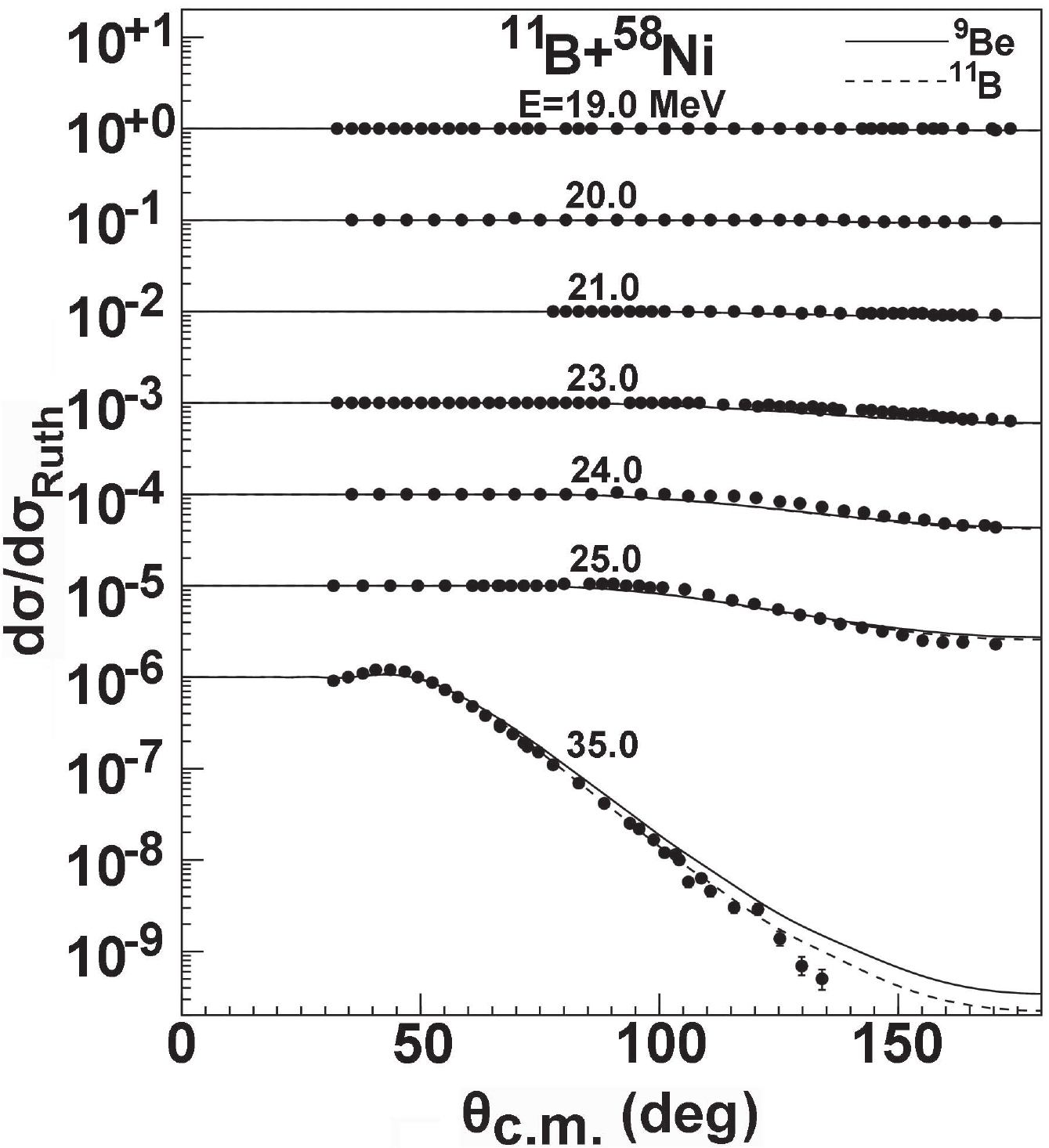
Figure 15. Same as Fig. 14, but for 58Ni.
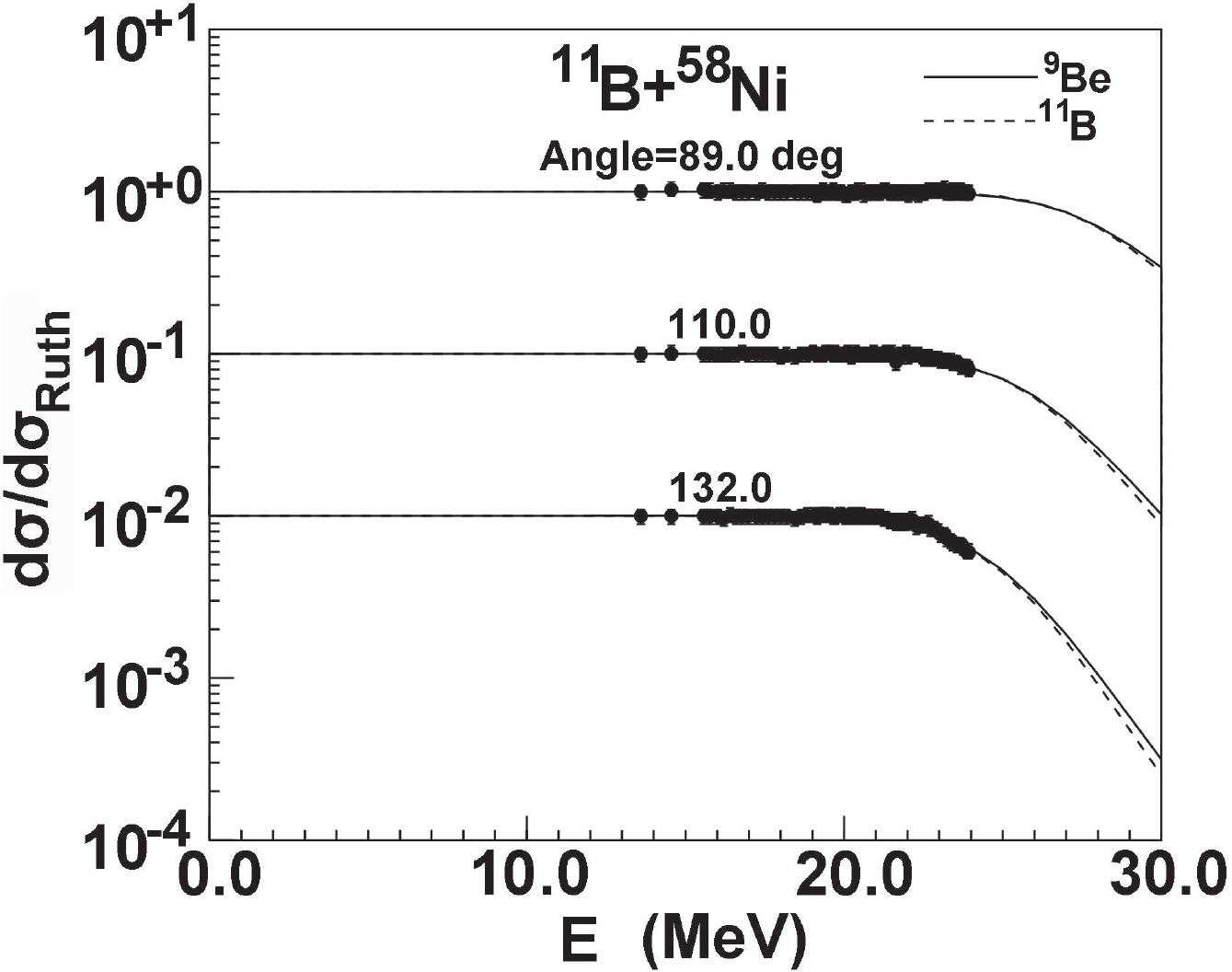
Figure 16. Calculated elastic-scattering angular distributions in Rutherford ratio at same incident angles compared with experimental data for 58Ni target.
For 40Ca and 208Pb, the elastic angular distributions are measured at incident energies of 51.5 MeV and 69.0 MeV [21, 30]. Figure 17 presents the comparisons between the predictions and experimental data. The predictions of 9Be and 11B are in good agreement with the experimental data. For 209Bi, the angular distributions for elastic scattering calculated using the 11B global OMP were larger than the experimental data [30, 31] at backward angles. Hence, the radius of the real part for the 11B global phenomenological OMP was added by 0.15 to improve the fit with the data [3]. Figure 18 presents the theoretical results predicted using the global OMPs of 9Be and 11B together with the experimental data. From the figure, one can see that the calculations of 9Be global OMP are in excellent agreement with the experimental data at all energies. Compared to those of the global OMP 11B, the global OMP of 9Be can give a better prediction for the 11B + 209Bi reaction. One of the reasons may be that the 11B global OMP was obtained by only adjusting the radius parameters of the real part potential on the basis of the global OMP of 7Li [3], since the existing experimental data on elastic scattering is scarce for the reactions induced by the 11B projectile. Moreover, this may be the influence of target shell effects for the doubly closed shell 208Pb nucleus and one proton outside the closed shell 209Bi nucleus. Meanwhile, the radius parameter of the real potential of the global OMP 9Be was further defined by
$ r_{R_{0}}+r_{R_{1}}A^{\frac{1}{3}} $ as compared to$ r_{R_{0}} $ of the global OMP 11B, which may compensate the influence of target shell effects.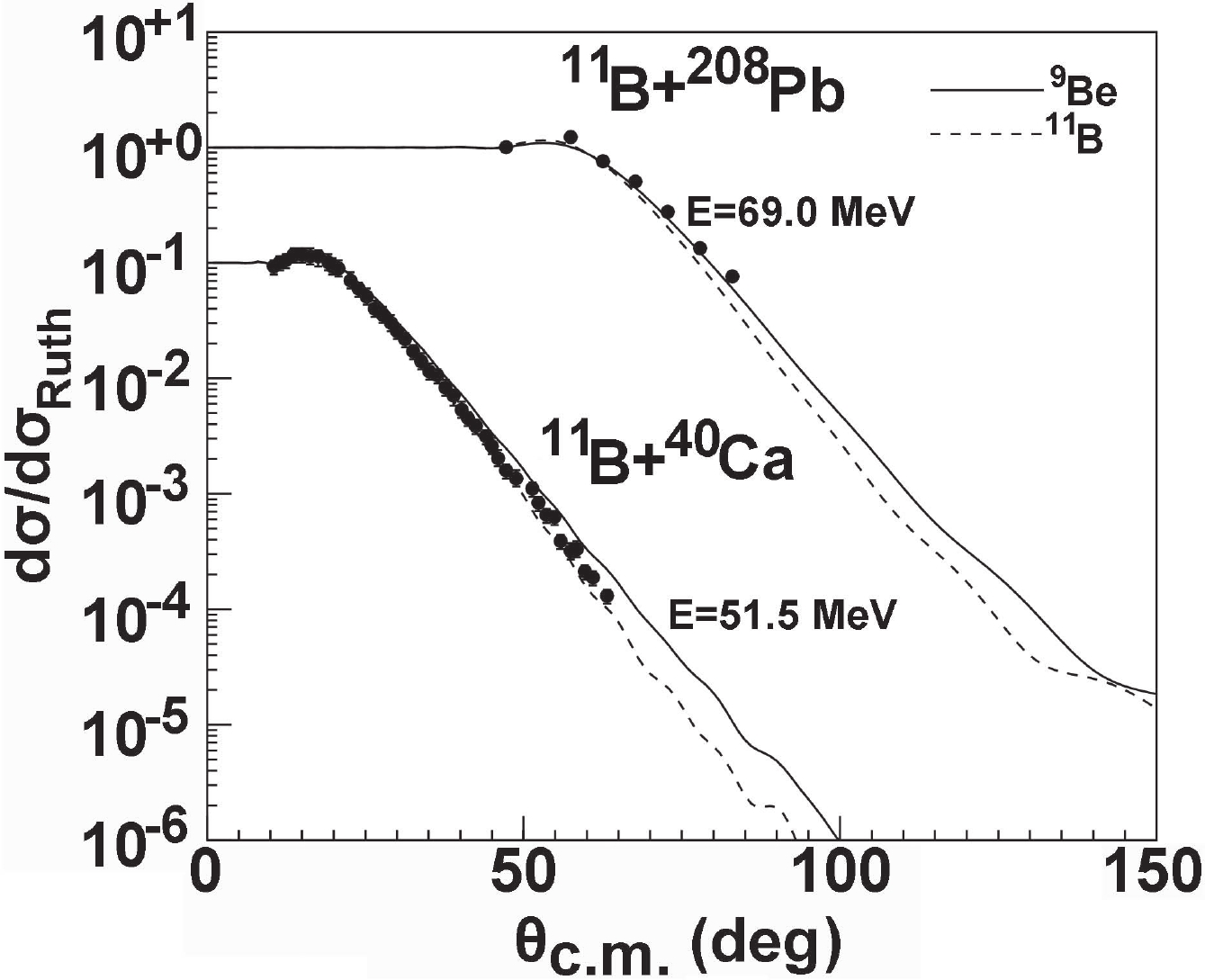
Figure 17. Same as Fig. 14, but for 40Ca and 208Pb.
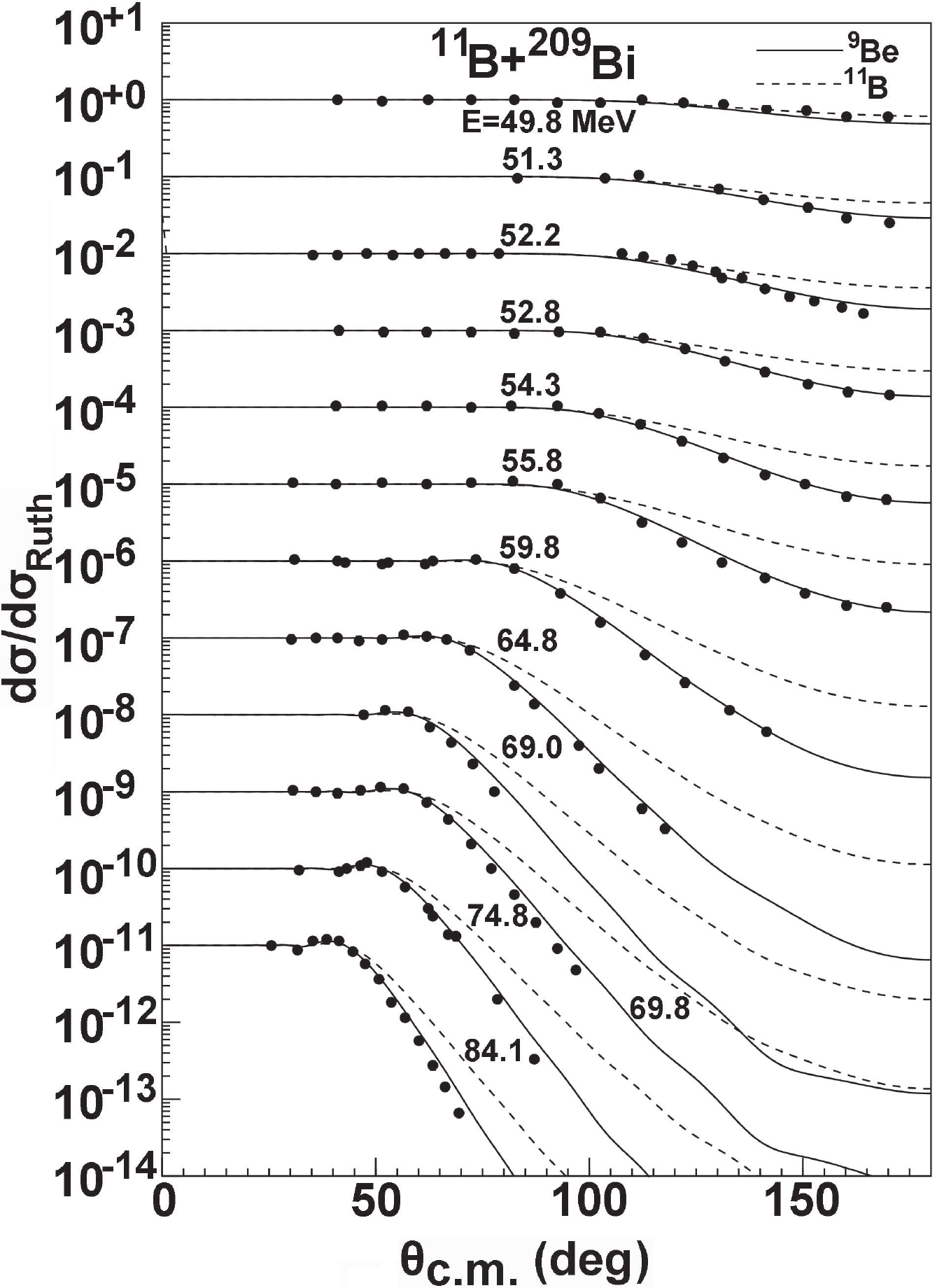
Figure 18. Same as Fig. 14, but for 209Bi.
Similarly, the elastic-scattering angular distributions for some lighter targets are predicted using the global OMPs of 9Be and 11B. Figure 19 presents the comparisons for 12,13C. The discrepancy observed in Fig. 19 between theory and experiment [32-34] shows that it possibly requires the addition of coupled channels effects in the backward-angle area for some lighter targets.
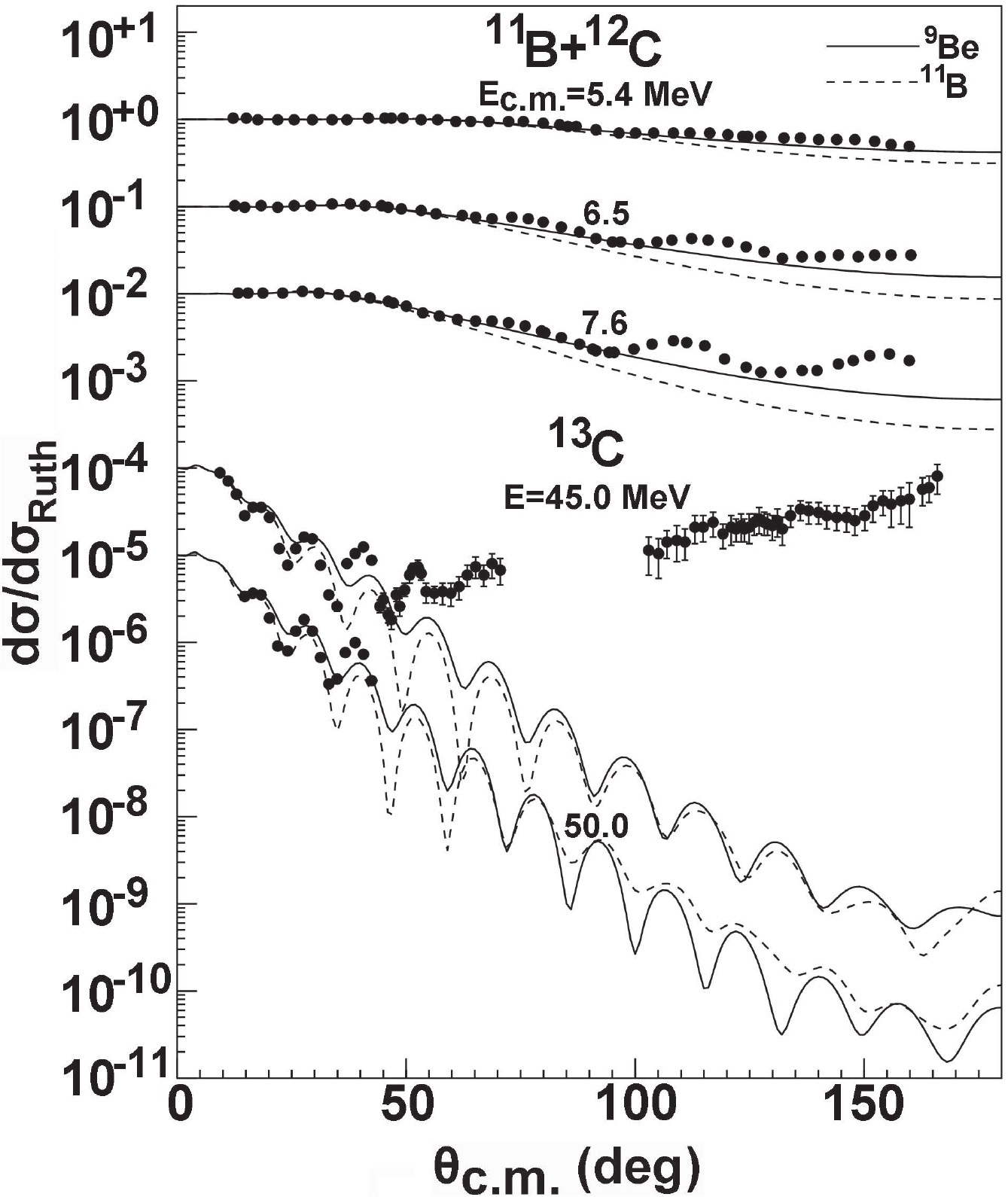
Figure 19. Same as Fig. 14, but for 12,13C.
There are no measurements of the total reaction cross-sections for the reactions induced by 11B. The existing data of total reaction cross-sections for 209Bi were extracted from the experimental elastic scattering data [31]. The predictions of total reaction cross-sections are further compared with the data for 209Bi, which is shown in Fig. 20. The predictions are in satisfactory agreement with the data extracted from the measured elastic-scattering angular distributions.
-
We predicted elastic scattering observables involving 8,10,11B projectiles by applying the obtained global OMP of 9Be. We compared these predictions with those of the other global OMPs, and investigated and analyzed them in detail. The theoretical results predicted using the global OMP of 9Be give a more satisfactory description of the elastic scattering for 8,10,11B projectiles for targets from 27Al to 209Bi. For the lighter targets, we made a tentative prediction. All of the results predicted using different global OMPs are not in good agreement with the experimental data in the backward-angle area for lighter targets. The reason is that the other reaction mechanisms have to be considered in the calculations for such light systems, such as transfer or breakup. The present work shows that the global OMP of 9Be is useful to systematically investigate the reactions involving 8,10,11B projectiles.
Applicability of 9Be global optical potential to description of 8,10,11B elastic scattering
- Received Date: 2019-11-09
- Available Online: 2020-03-01
Abstract: We achieved a set of 9Be global phenomenological optical model potentials by fitting a large experimental dataset of the elastic scattering observable for target mass numbers from 24 to 209. The obtained 9Be global optical model potential was applied to predict elastic-scattering angular distributions and total reaction cross-sections of 8,10,11B projectiles. The predictions are made by performing a detailed analysis comparing with the available experimental data. Furthermore, these elastic scattering observables are also predicted for some lighter targets outside of the given mass number range, and reasonable results are obtained. Possible physical explanations for the observed differences are also discussed.





 Abstract
Abstract HTML
HTML Reference
Reference Related
Related PDF
PDF

















 DownLoad:
DownLoad: